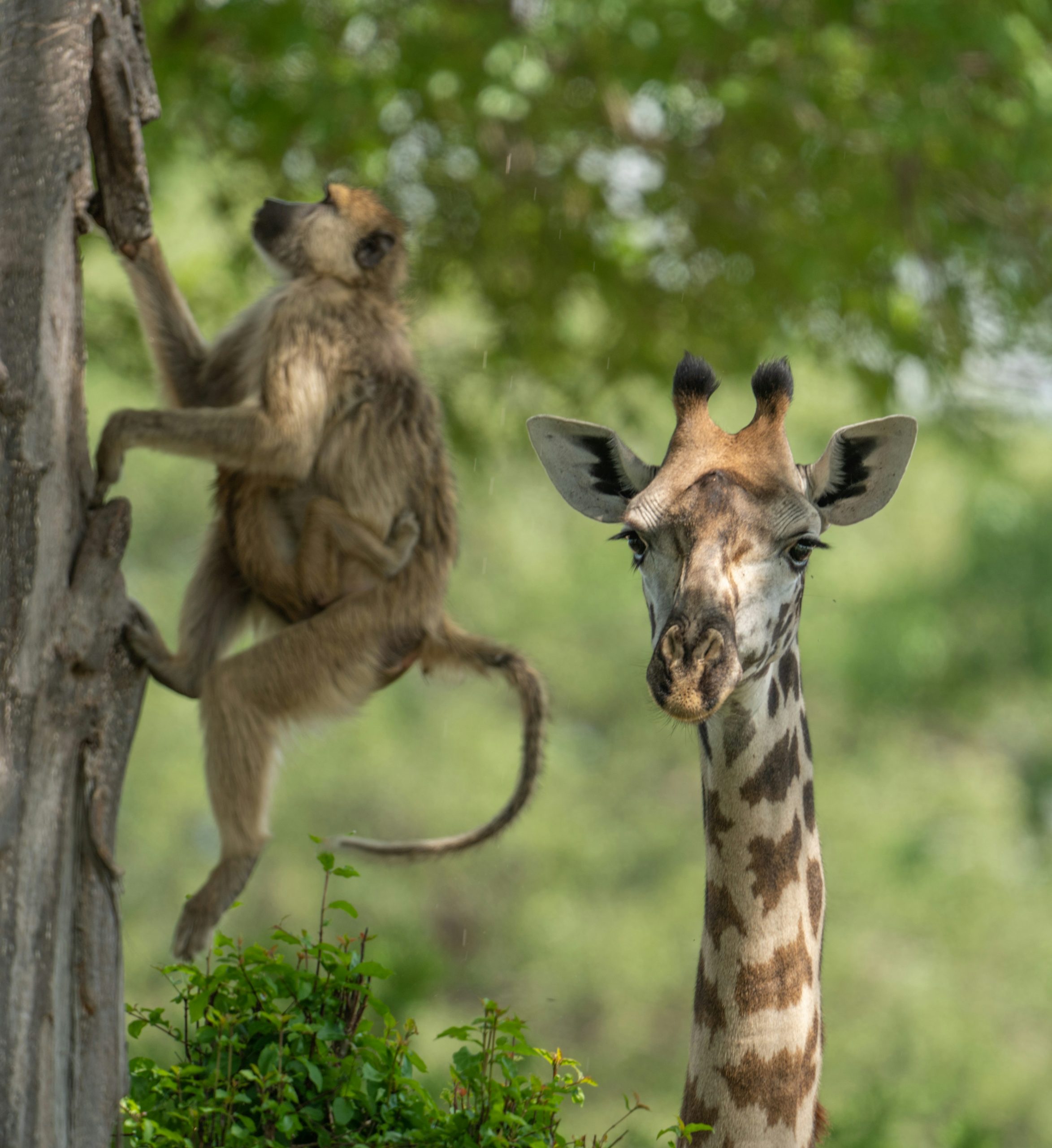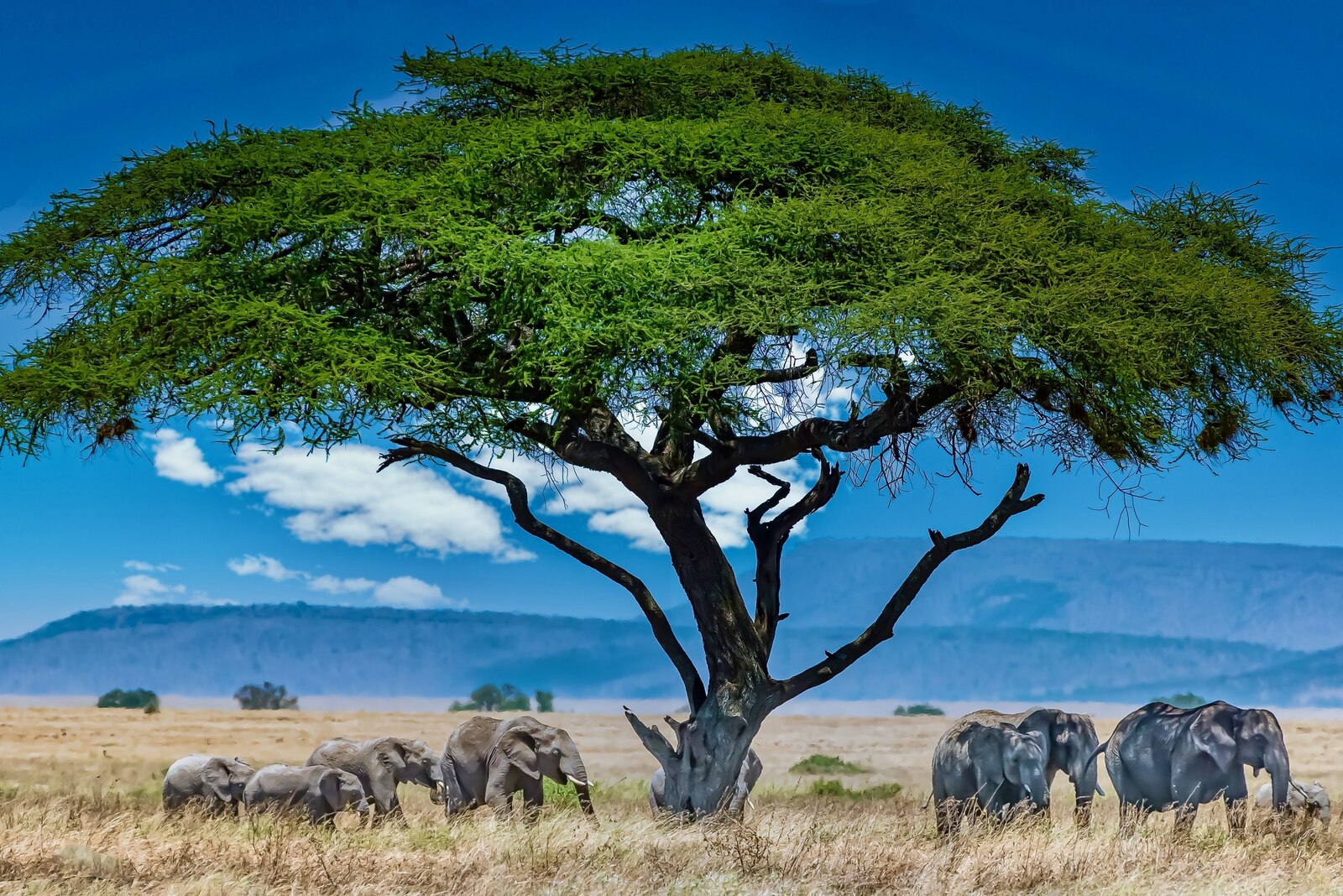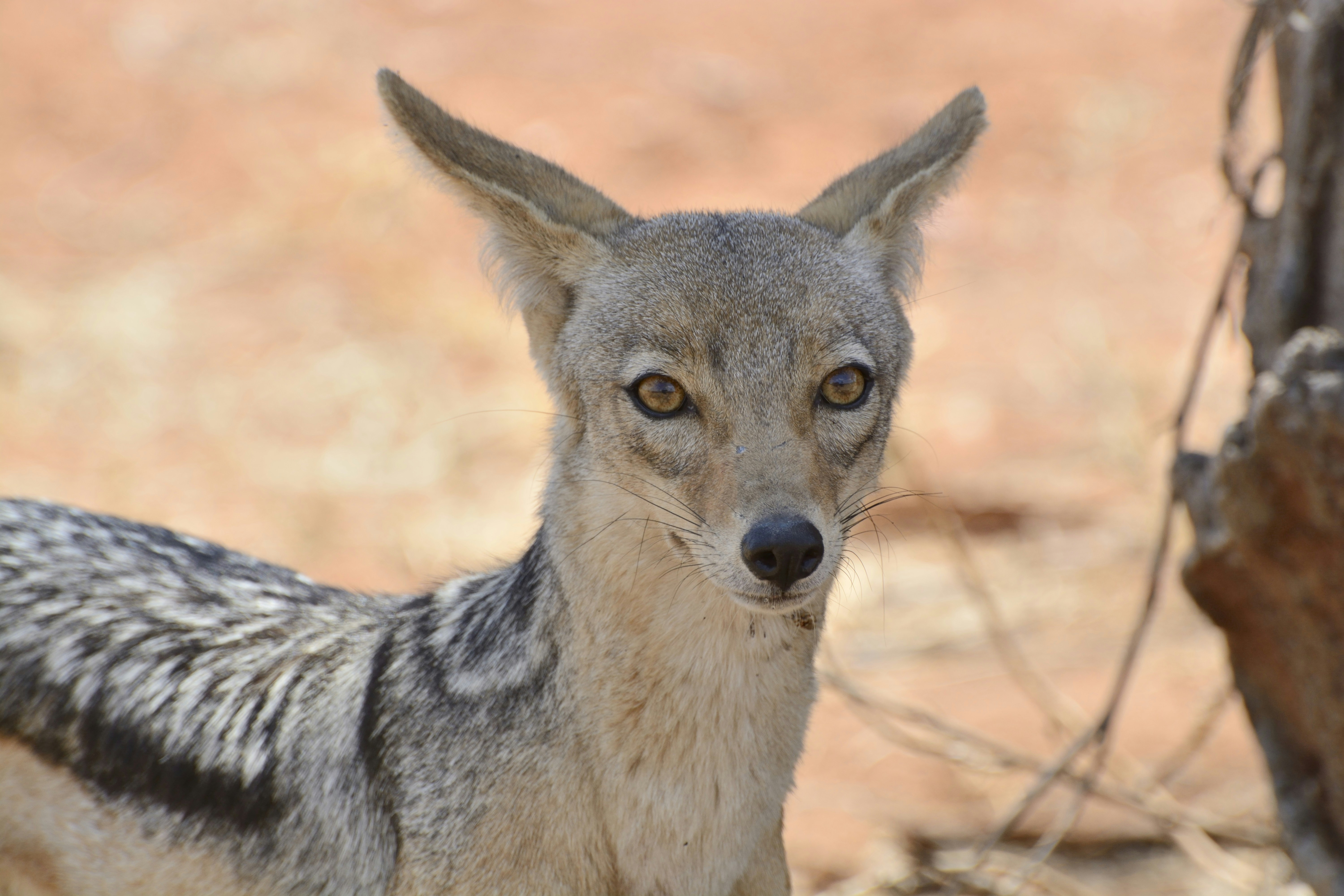Welcome to Ruaha National Park, Tanzania’s largest national park (after the recent inclusion of adjacent game reserves) and a truly wild, remote, and dramatic safari destination.
Ruaha National Park
Discover an Untamed Wilderness of Predators and Baobabs
Welcome to Ruaha National Park, Tanzania’s largest national park (after the recent inclusion of adjacent game reserves) and a truly wild, remote, and dramatic safari destination. Located in the heart of the country, Ruaha is characterized by its rugged landscapes, the life-giving Great Ruaha River, ancient baobab trees, and an exceptional concentration of predators, particularly lions. It represents a transition zone where eastern and southern African flora and fauna overlap, resulting in unique biodiversity.
For those seeking an off-the-beaten-path safari experience with a real sense of wilderness, vast open spaces, and outstanding wildlife viewing, Ruaha offers an unparalleled adventure.


Why Visit Ruaha National Park?
Home to one of Africa’s largest lion populations (estimated at 10% of Africa's lions), as well as significant numbers of leopard, cheetah, wild dog, and hyena.
Renowned for its large elephant herds and massive herds of buffalo.
A meeting point for species from both southern and eastern Africa, including greater and lesser kudu, sable and roan antelope.
Features rolling hills, rocky kopjes, open plains, miombo woodlands, and the dominant Great Ruaha River.
Offers a sense of exclusivity and untamed Africa, with fewer visitors than the northern parks.
Ancient and majestic baobab trees dot the landscape, adding to its iconic scenery.
Over 570 bird species recorded, including many endemics and near-endemics.
The Great Ruaha River Ecosystem
The Great Ruaha River is the park’s lifeline, especially during the dry season. It carves its way through the landscape, creating a focal point for wildlife and a dramatic backdrop for safaris.
- Dry Season Concentration: From June to October, the river shrinks, forcing animals to congregate along its banks and remaining waterholes. This period offers phenomenal game viewing as elephants dig for water, predators stalk prey, and hippos and crocodiles jostle for space.
- Riverine Forest & Associated Wildlife: The river supports a lush riverine forest, home to diverse birdlife, monkeys, and providing cover for leopards.
- Seasonal Tributaries: Numerous sand rivers (Mwagusi, Mdonya) feed into the Great Ruaha, also becoming crucial water sources and wildlife corridors in the dry season.
Best Time to Visit Ruaha National Park
Dry Season (June - October)
- Pleasant, warm days and cool nights. Minimal rainfall.
- Peak Wildlife Viewing: Animals gather around the Great Ruaha River and other water sources, making them easier to find and observe. Vegetation is sparse.
- Excellent for spotting predators due to the concentration of prey.
- Ideal for walking safaris.
- This is the peak tourist season for Ruaha, though it remains far less crowded than northern parks.
Wet / Green Season (November - May)
- Landscapes transform into a lush, green paradise. Dramatic skies and beautiful light for photography.
- Excellent Bird Watching: Migratory birds arrive, boosting the already impressive avian diversity. Many resident birds are in breeding plumage.
- Newborn animals are common, especially from January to March.
- Wildlife is more dispersed due to widespread water availability.
- Lower tourist numbers and potentially lower accommodation rates.
- The "short rains" (Nov-Dec) are usually afternoon showers. The "long rains" (March-April, sometimes into May) can be heavier, making some tracks impassable and some camps may close during the peak of the rains (April-May).
Activities in Ruaha National Park
Day Game Drives: The cornerstone of the Ruaha experience, exploring its vast and varied terrain. Drives often focus along the Great Ruaha River and its tributaries.
Walking Safaris: Ruaha is renowned for excellent walking safaris. Accompanied by an armed ranger and knowledgeable guide, these offer an intimate and thrilling way to experience the bush, track animals, and learn about smaller flora and fauna. (Often offered by specific camps, some multi-day options).
Night Game Drives: Permitted in some areas/concessions, providing an opportunity to see nocturnal species like genets, civets, aardvarks, and potentially hunting predators.
Bird Watching: With its rich species list, dedicated birding trips or focused attention during game drives are highly rewarding.
Fly Camping: For the adventurous, some operators offer fly camping experiences – sleeping out in simple tents under the stars in remote locations, offering a truly immersive wilderness experience.
Cultural Visits: Limited opportunities, but some interaction with local communities on the park’s periphery might be possible through specific lodges.


